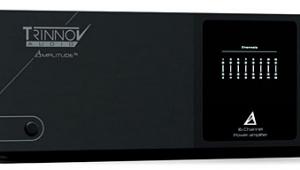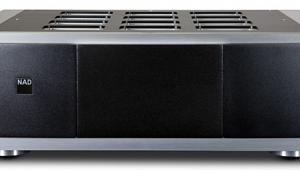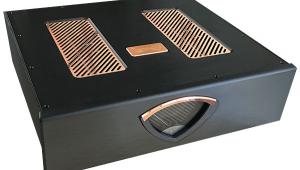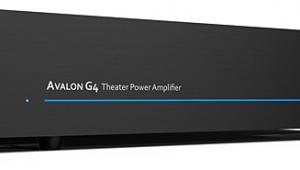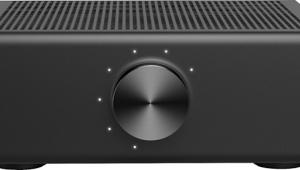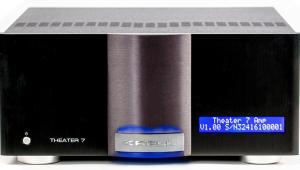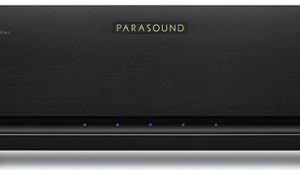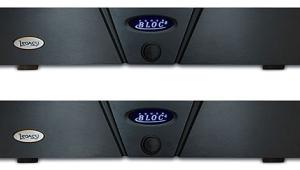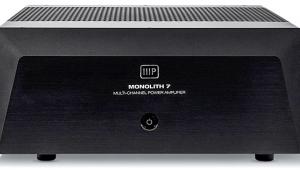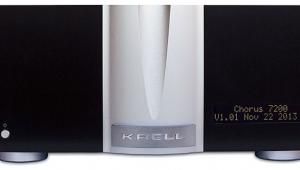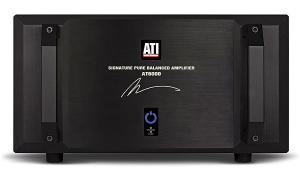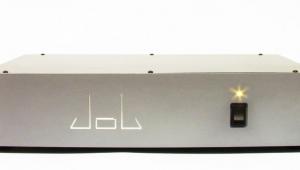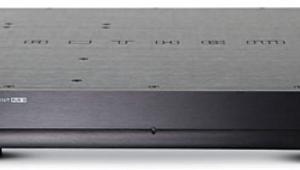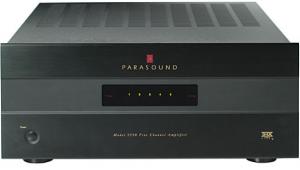It is such an interesting and informative post, thank you for sharing the post.Ricky Bobby Jacket Cheap
Parasound 5250 5-Channel Power Amplifier Set Up & Real-World Performance
I connected the Parasound 5250 to my reference system, which consists of Dahlquist DQ-10 speakers for LCR, Paradigm Reference Studio 100 v.2 speakers for the surround channels, and a BG Radia 210i powered subwoofer. An Anthem Statement D2 pre/pro controls the system, and the crossover was set to 80Hz.
The 5250 has only gold-plated unbalanced RCA inputs—it offers no balanced XLR connections. I prefer balanced interconnects because of their superior noise rejection, particularly when the amp and pre-amp are installed close to video components. However, the MIT interconnects I used are very short and seemed to be very quiet.

Speaker damping, otherwise known as damping factor, is an important aspect of amplifier performance, particularly bass quality. The 5250 seemed to have a tight grip on the woofers in the DQ-10s—the bass sounded well controlled and was absent any overhang. The DQ-10s are not known for their bass response, and they roll off quickly below 80Hz.
I'm a music enthusiast who believes that nothing sounds good if the bass is wrong—there's nothing more annoying than sloppy, loose bass and nothing better than tight, well-defined bass. In a recent article for Home Theater magazine, I interviewed Art Noxon, president of Acoustic Sciences Corp., about room acoustics and bass. ASC manufactures Tube Traps, acoustic-treatment products that tackle low-frequency room-resonance problems.
For Art, it’s all about the bass. Bass should sound tight, and each bass note should sound distinct and articulate. Each bass note should be preceded and followed by what he calls "inter-sonic silence."
In this regard, the Parasound amp sounded great. John Clayton's acoustic bass had excellent definition on Diana Krall's Live in Paris DVD. Clayton is an outstanding bass player, and his riff in "Devil May Care" sounded great on my system. Even without a subwoofer, the bass sounded punchy and very tight. Each note sounded distinct.
The cello is also an effective musical instrument to evaluate bass and mid-bass response. The cello on "Remembering You" from Eugene Friesen's CD Arms Around You sounded rich and resonant as the bow glides across its strings.
Although the 5250's slew rate and rise time are not disclosed by the manufacturer, the amp responds very quickly to an input signal. Diana Krall's piano on "East of the Sun, West of the Moon" had a very sharp and crisp attack, precisely the way a percussion instrument such as the piano should sound.
With movie sources, it's often the subtle sound effects that are most worthy of comment. Details such as rain or softly spoken dialog are a good indication of the signal-to-noise ratio of the entire system. In The Hanging Garden on DVD, filmed in a lush, woody landscape in Nova Scotia, Canada, the sounds of distant thunder followed by a gentle rain surrounded me as if I were standing outside in it.
The Parasound amp reproduced a keen sense of acoustic space and soundfield on The Legend of 1900 (DVD), a beautifully filmed story about a man named 1900 (that's right, 1900) who spent his entire life on the Virginian, a cruise ship that sailed between Europe and the United States around the turn of the last century. It's an odd and sad story, but the movie has a great soundtrack with lots of good music and subtle effects.
Several scenes aboard the ship placed me right in the middle of the nightclub with the sounds of the orchestra, clinking glasses, and multiple conversations surrounding me. In one of the final scenes of the movie, 1900 and his friend Max are in the bottom of the rusted hull of the ship, now docked in the harbor. 1900 insists he will never leave the ship, even though it has been decommissioned and is loaded with dynamite, ready to be destroyed.
As Max pleads with 1900 to leave before the dynamite explodes, the subtle, ominous sounds of the creaking, rusted hull are heard all around, creating a huge, cavernous soundfield in all directions. The vague sounds add a wonderfully realistic sense of being there with the two men as they part ways for the last time. It is one of the best parts of the movie, and it convinced me that the Parasound is nothing less than a first-class amplifier.
Whereas the reproduction of subtle details signifies a good signal-to-noise ratio, the reproduction of cannons, gunshots, and explosions measure an amplifier's ability to accurately reproduce audio transients. One of the most challenging tests in this regard is the movie Master and Commander: The Far Side of the World, which has one of the best soundtracks I've heard—it's a great test for dynamic range and the sheer sound pressure-level capabilities of a home-theater system.
During the early scenes of the movie, an English warship is attacked by cannon fire from a French privateer while shrouded in thick fog. The surprise attack demands instantaneous high output from an amplifier. When the cannon balls hit the ship, the Parasound 5250 responded quickly without straining and delivered the high current that makes this scene come to life; it literally shook the room. You won't doze off during this scene!
The scenes below deck are equally demanding and revealing. As cannonballs repeatedly pummel the ship, I could also hear the sound of boots on the deck directly overhead. It sounded like someone was stomping on my roof. Of course, the pre/pro decodes the signal, but the amplifier must be able to separate the signals and reproduce the explosions and other, subtler sounds clearly, and the Parasound did this exceptionally well.
Overall, the Parasound 5250 delivered the performance required for a first-class home theater amplifier.
- Log in or register to post comments


bomber leather jacket with fur is perfect for staying fashionable on chilly mornings.
